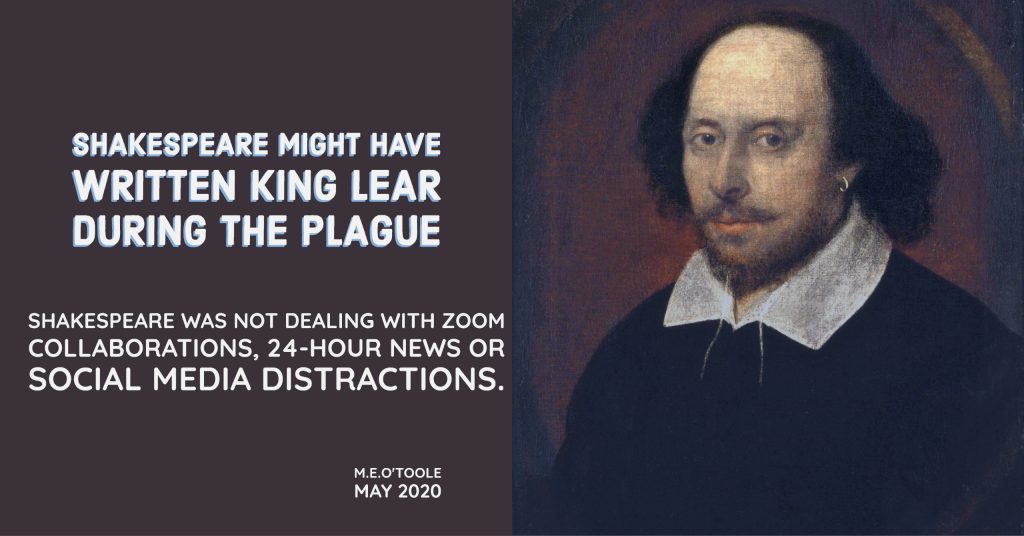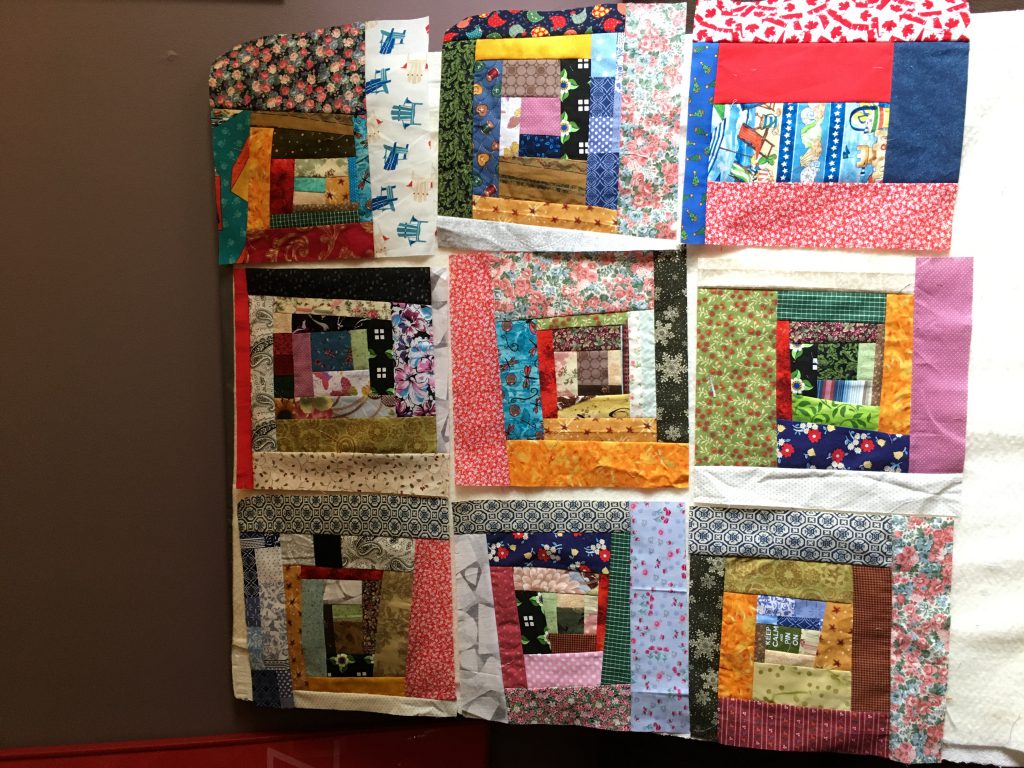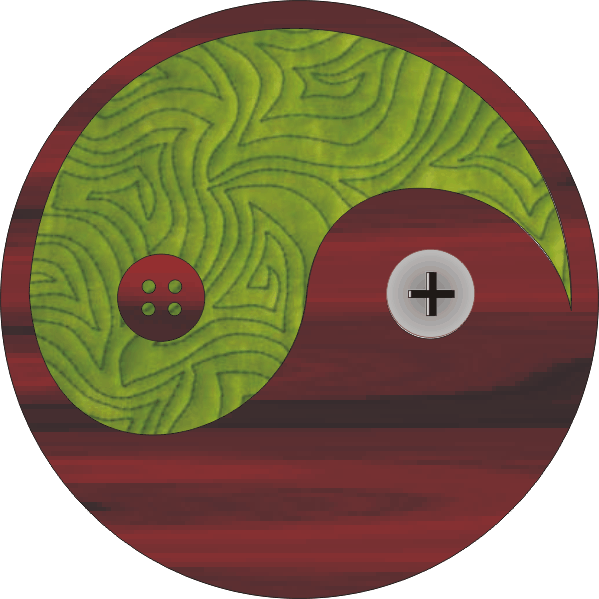Revised by Mary Elizabeth from a post she originally shared in her new blog at keepthestories.ca
During the early days of COVID-imposed social isolation, many thought that it would be a couple of weeks and they vowed to use the extra time to get organized and strike a few things off of their to-do list. As the restrictions, extended for weeks and then months, some of the enthusiasm and energy wained. The reality is that some found ourselves with more time on our hands but others had increased time pressures from sharing confined quarters with young children demanding attention or rebellious adolescents looking for a distraction, or multiple people having to adjust to working from home instead of an office.
And there is more going on in the news to add stress. Those deemed ‘essential’ have had extended work schedules, changing responsibilities and fear of exposure to the virus not to mention concern about bringing it home to infect family members. Others have lost jobs or contracts and have increased financial worry. And the pandemic is not the only bad news we have had in recent months. Nova Scotia experienced the worst mass shooting in Canadian history, at a time when people were unable to get together to mourn and offer the support of connection. Systemic racism has led to #BlackLivesMatter protests around the world calling for changes to policing systems.
Through all this, there are pressures from ourselves and others to make something of the time. Our social media feeds are flooded with people baking, learning and instrument, taking up a new hobby. We are told that Shakespeare wrote King Lear or some other great work while quarantined during the plaque. If you are tired of that pressure, you might enjoy this New Yorker Article What Shakespeare Actually Did During the Plague for a different perspective on how Shakespeare might REALLY have spent his time.

Restoring creative energy
As cities and businesses move towards reopening and returning to ‘new normal’ we are also recognizing that it will be sometime before things return to old ways of doing things. Indeed, there are things we might want to learn and take forward into a changing world.
If you are looking to revitalize your creativity, these tips might help.
Start Small
Set a timer for 15-30 minutes. Commit to creating for just that much time. Write, dance, sing, stitch, design, draw, carve – or whatever your preferred outlet. Don’t stop before your timer. If you are energized and want to keep going, that is great but there is no pressure to continue, which can be freeing. Start small – but start.
Establish routine
Create at the same time every day. You don’t have to do the same thing every time if you balk at routine – mix up what you do but determine to be consistent about when. This can be especially empowering at a time when so much is out of our control.
Find inspiration from nature
Get out in the fresh air. Visit parks, trails or beaches if it is an option for you. Step out in your yard or balcony. Sit by an open window if you have to stay at home. Appreciate the sounds and colours of the outdoors, the comfort of seeing sunsets and sunrises, the entertainment of wildlife or domestic animals. Browse nature illustrations in books or magazines. And if you absolutely can’t get outdoors, take a virtual tour through a wildlife cam like those at Explore.org LiveCams including the AfricanWatering Hole Animal Camera. Nature has restorative powers for mind, spirit AND creative inspiration.
Join a challenge
If you are struggling about where to start, take away the pressure to come up with an idea. Join a group or challenge and get daily or weekly prompts as a jumping point. Whatever your interests or ambitions, there is probably something that is just what you want. Writers might like the Isolation Journal Project by Suleika Jaouad; Visual artists can find inspiration with daily prompts at Doodlewash. Readers can find recommended books at Booklist Queen’s 2020 Reading Challenge. Whatever your interests, you can find someone other creatives, consumers, collectors with similar pursuits.
Be accountable
Get and offer support from other creative people.
You can share in online groups or your social media, or with a local group of friends. Set goals and exchange ideas. Set what you what to achieve for each day or week or month or … whatever time you want to set. Then check-in, compare notes, reassess, and plan for the next time.
Create without pressure
Make something creative that doesn’t require focused creativity. Don’t worry about advancing a major project but sit down and play. Doodle. Paint colour palettes. Write simple descriptions of your environment – what do you hear, see, smell, taste. Write a poem or a song about something on your desk or outside your window. Be silly. Stitch a row of flowers. Cut the pieces for your next wood project. Knit a scarf. Before you know it, you might be weaving in intricate patterns or designing your next masterpiece.

What steps help you restore creative energy?
What do you create when you are not feeling particularly creative?

Just want to say thank you for this well crafted (oops) and informative post. I’ve been cruising your site. Lovely work!
Keep it going Mary Ellen and Stephen (Steve?)
Linda
(Fellow creative on the path and a Mirasee colleague.)